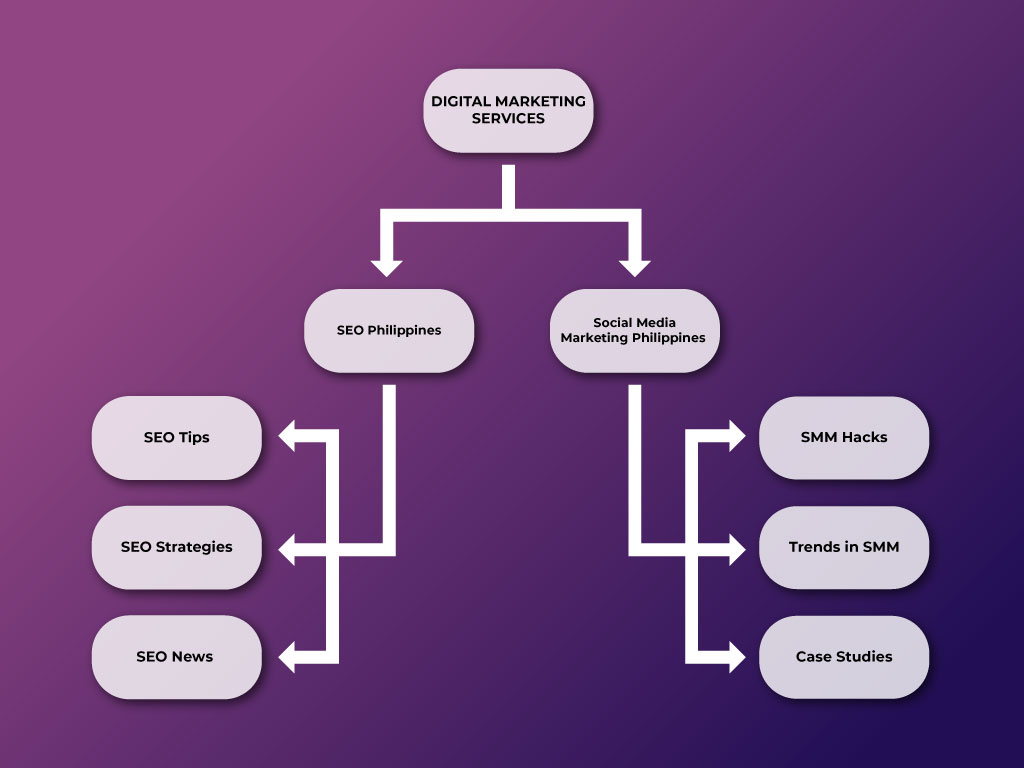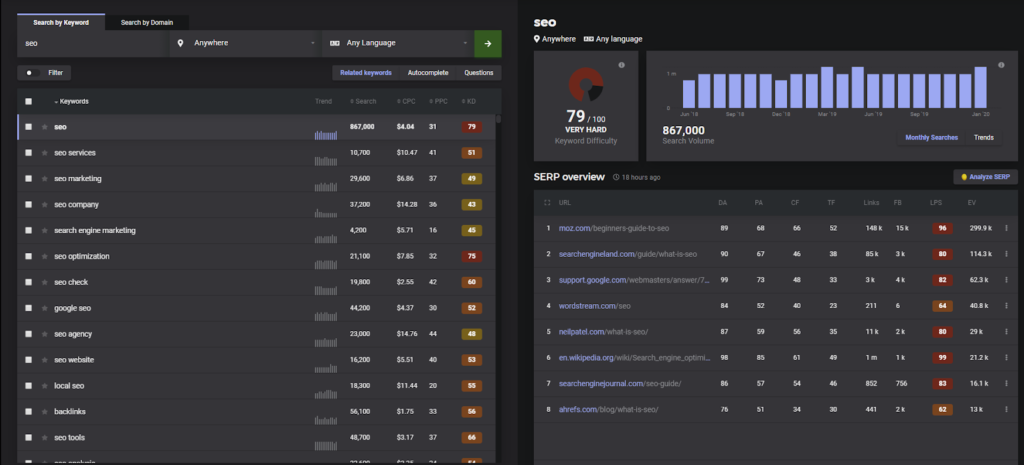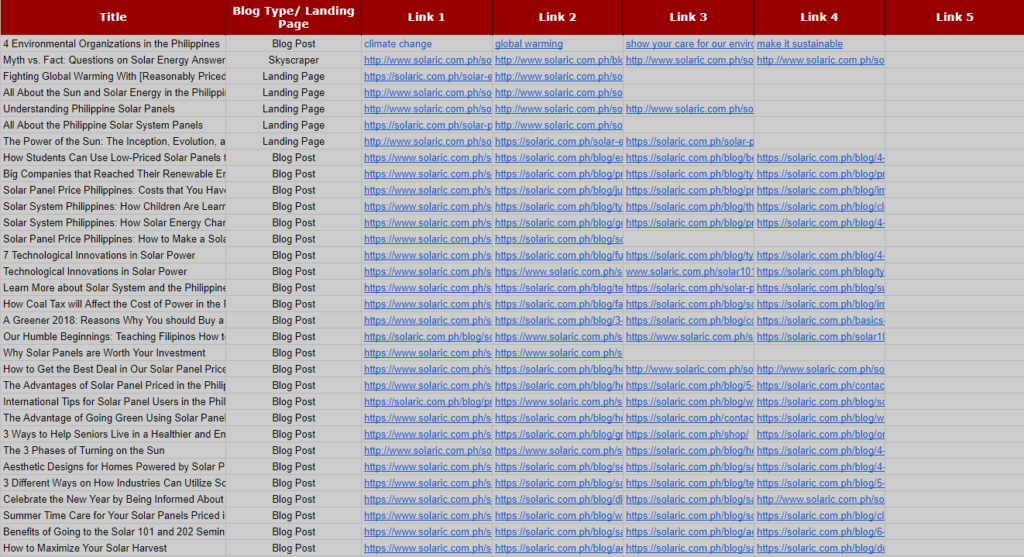How to Make a Traffic-Boosting Content Structure
How often do SEOs repeat time and again in their minds that content is king but fail to make it convert to traffic? It all boils down to SEO site structure and how content plays a role in leading users through a significant experience on their website. I have been in the industry for a decade now and I have learned that your content is just as good as its value for promotion. If your content is all over the place with no foundational basis on how you can use it to boost traffic to your site then your efforts may well be wasted.
You must be asking, “How do I know that content is really the key ingredient for winning at digital marketing?” Well, you have your tracking tools to give you the numbers you need to justify success but in times when you need a more human approach to your analysis, you have to look at the way you have structured your content for users to see.
Let’s talk about how you can start building a strategy centered around your content’s overall structure on your SEO site.
Keyword Planning for SEO Site Structure
Keyword research is a perpetual effort. You should have a well-rounded approach to your approach to discovering keywords that give you ROI. As an SEO specialist, I never stop looking for keywords that work well for my clients. Especially since search engines can update in the blink of an eye, you too should adapt just as quickly. Even better, if you plan keywords for prevention of getting hit with an update, this would require sticking to topically relevant keywords to match evergreen content.
Special shout out to Mangools for their new dark mode visual, looks great guys! Anyway, back to the subject, a well-planned content structure would start with your initial research for seed keywords. From there, you have to plan for your vision of content. Begin with the very purpose of your online presence. What do you plan to give to users? How are you going to provide them with value? If you’re an SEO webmaster like I am, of course, you have to search for SEO keywords. Start from there and segment your keywords per product, service, or whatever section you would be creating landing pages for.
Consider SEO Siloing for Content

SEO siloing is one of the strategies that you should consider if you want to fix your site’s content structure. There are two kinds of siloing: Physical Siloing and Virtual Siloing.
Physical Siloing is mainly about making a subfolder for each topic you have for your content. An example would be www.helloworld.com/digital-marketing/seo/seo-strategies. This ensures that you have your content all segmented through its URLs. It would become as specific as you go along but you can also risk messing up your site structure if you get confused about the subfolders you create. To avoid that, just make sure to highlight the most important sections in your navigation bar. This way, you can create silos more effectively.
For this article, we are going to focus more on Virtual Siloing. This is when you use your internal links on your website to maintain connections for your content, therefore increasing relevance and structure for it. Hyperlinks can do a lot more for your site than you let on and if you put in the hard work to organize them then it can significantly boost your traffic. This would be advisable if you do not want to create physical silos for your site.
Make an Interlinking Database
It would be easy to keep track of your virtual silos if you are just beginning to publish content on your site but what if you have more than 50 blog posts already? You should come up with an interlinking database for your site.
Here’s an example:
You can organize it by anchor text like the first selection on the list or you can try organizing it by links. If you plan on optimizing anchor texts, take note of them and see if you are doing a great job of making your content rank for those keywords. This can also help you evaluate what anchor texts bring in the most traffic to your site which you can use for your linkbuilding efforts.
It would be a great tracker for the interlinks you plan on organizing for your site. As you may well know, Google gives importance to your links. This is not just about backlinks but internal links as well. It would be advantageous for your site if you organize your content through silos. Search engines will detect your site’s topical relevance if you connect your pages to each other. Think of it this way, don’t expect other sites to link back to you if you do not regard your content worthy to be interlinked to. This creates urgency for you to organize your links.
Key Takeaway
You should never leave out content when organizing your SEO site structure. More than satisfying the search quality rater guidelines, you also give your audience more knowledge about what you do. With all the chaos that happens in the SEO world, it is important that we seek security in structure. Knowing this helps you focus on your goal to help you keep winning in your digital marketing efforts.
Comment down below and let’s talk about how you trained your content to work wonders for you.


